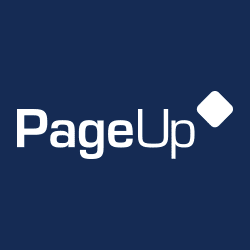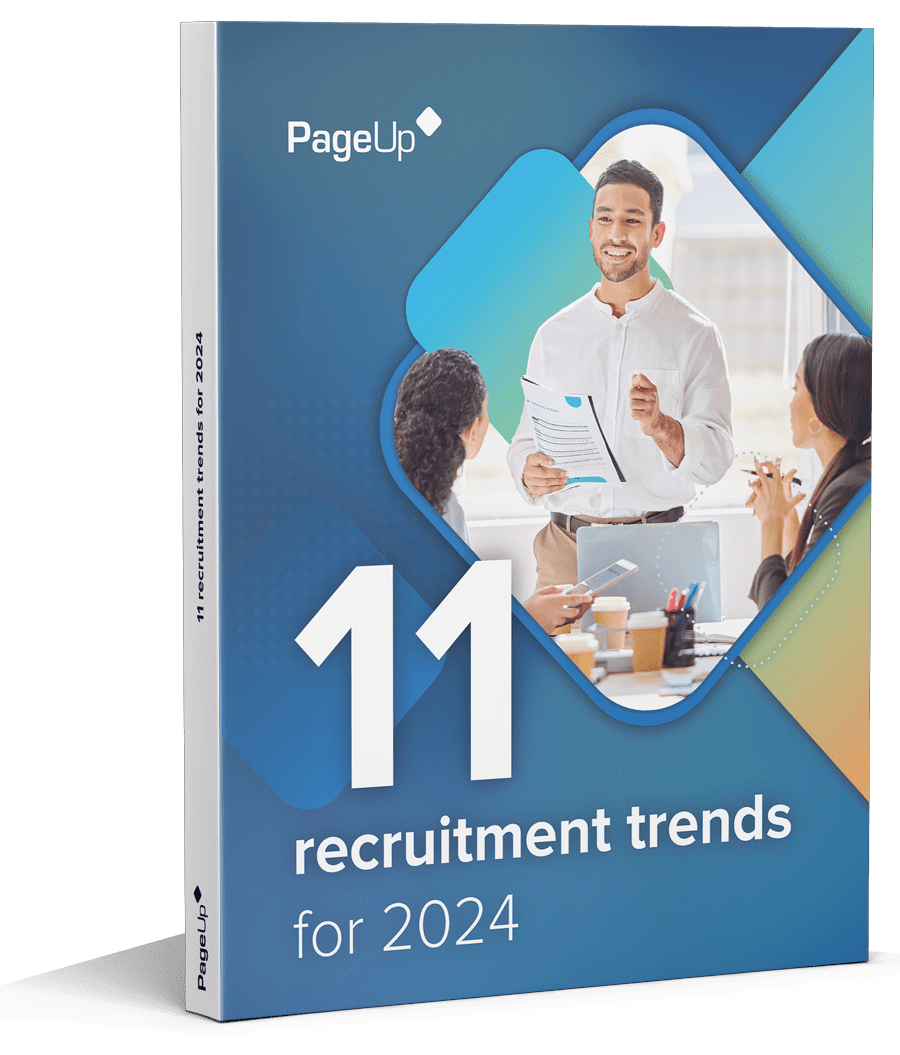Imagine this scenario: Your business leaders inform you that your company is entering a new market/launching a new product/shifting the strategic focus of the company. They ask you: Do we have skilled, available talent to move into the new roles? If not, what do we need to do to close the gap? How quickly can we execute on the strategy?
Are you ready to deliver on these challenges? If your answer is ‘no’, then read on to discover how Talent Mobility can help futureproof your workforce.
In today’s ever-changing, fast-paced global economy, organisationsorganizations need agile, flexible workforces. For HR, the ability to shift resources and rapidly meet changing business needs requires a deep understanding of internal talent pipelines, as well as external talent networks, so that key skills can be leveraged and mobilisedmobilized anywhere around the business, or around the globe, at any time.
Talent mobility is critical to your organisationorganization’s ability to dynamically develop and align your current and future workforce to strategic business needs. It’s the process of moving talent from role to role. In other words:
The right people, with the right skills, in the right place, at the right time
Although it includes cross-border moves, assignments, secondments and promotions, it’s more than just geographic relocation. It’s about transitioning skills across business functions and teams to help organisationsorganizations increase efficiencies and futureproof their workforce. It has expanded beyond the internal movement of employees to include external talent networks and non-traditional work arrangement such as contractors, freelancers and virtual workers.

More than just traditional succession planning
Moving beyond traditional succession management, talent mobility is critical to your ability to dynamically develop and align your current and future workforce to strategic business needs. Future organisationalorganizational capability is ensured through leadership development and by laser focus on creating a skilled, educated and adaptable workforce.
The ability to proactively and strategically move people from role to role at any level of the business to meet organisationalorganizational goals, requires intelligence and visibility into current and future skill gaps. Where are the gaps in your organisationorganization and what is the plan to resolve them?
Our research found only 41% of respondents believe their company has an established or mature process for moving talent between roles.1 Visibility was even lower; just 37% understood current skill gaps.1 Frameworks and practices to move talent and close the skill gaps, are required. These include promoting or moving current employees, acquiring new talent and the development of existing employees through learning management systems.

The need for strategic sourcing – more than talent acquisition
Do you have visibility over your entire talent pool? Current employees, past employees, contractors, freelancers, past and potential applicants? If you answered ‘no’, you’re not alone. As new models of work continue to develop and evolve – think flexible work arrangements, the ‘gig’ economy and the on-demand economy – the ability to strategically source permanent and short-term talent will become increasingly important.
Talent acquisition strategies, that build internal and external pipelines of talent, are needed so that skilled talent can be quickly identified and mobilized. How can this be achieved? Move recruitment strategy beyond acquisition based on skill-set and experience, to encompass attitude – willingness to challenge the status quo, comfort with ambiguity, creativity, and a solution-based mindset. Create talent pools that encompass internal and external talent. Build pipelines of talent. This is an area many organisationsorganizations do poorly. Currently only 43% of respondents feel confident that they have established or mature talent pools to meet the future needs of the company.1

Go beyond workforce planning – create career path visibility for all
Building on the foundations of workforce planning, talent mobility goes one step further with a focus on driving employee engagement and retention. Increasingly, employees expect a customisedcustomized experience at work. The emphasis has shifted from treating employees as ‘assets’, to engagement and retention strategies. As such, you need to sell your value proposition – employees have choices and can vote with their feet. A focus on development and career opportunities, ongoing learning and continuous feedback is becoming more commonplace. You may have to move beyond the traditional linear career progression mindset, and create visibility for career growth opportunities for employees.
Imagine the benefits driven by a structured approach to developing talent, through cross-functional team assignments, secondments and job rotations. Yet, only 47% of organisationsorganizations have established practices to support such opportunities.1 On-going feedback and everyday performance management are also important. Identifying high-potential talent and utilising on-going feedback and coaching to develop all employees improves workforce productivity and accelerates readiness to move roles. It also drives engagement – ongoing feedback and meaningful discussions between managers and employees creates an environment in which employees can do their best every day.2

In summary…
Adopting a talent mobility strategy provides your business with a competitive advantage, increases productivity and engagement, and helps you mobilisemobilize your most expensive asset, your people, through:
- visibility over your entire talent pool
- intelligence on current and future skill gaps, mobility and readiness
- pathways to close talent gaps and promote employee engagement
The real power of talent mobility is the opportunity to develop career paths for all employees, drive engagement and build future workforce capability.
References:
- Skilbeck, Rebecca. Global HR Innovation Study 2016: Driving a Culture of Innovation. PageUp. 2017.
- Skilbeck, Rebecca. Has the War for Talent Become a Crusade for Engagement? PageUp. 2016.
Fresh insights for HR
Stay up to date with HR trends, tips and more when you sign up for our industry newsletter






